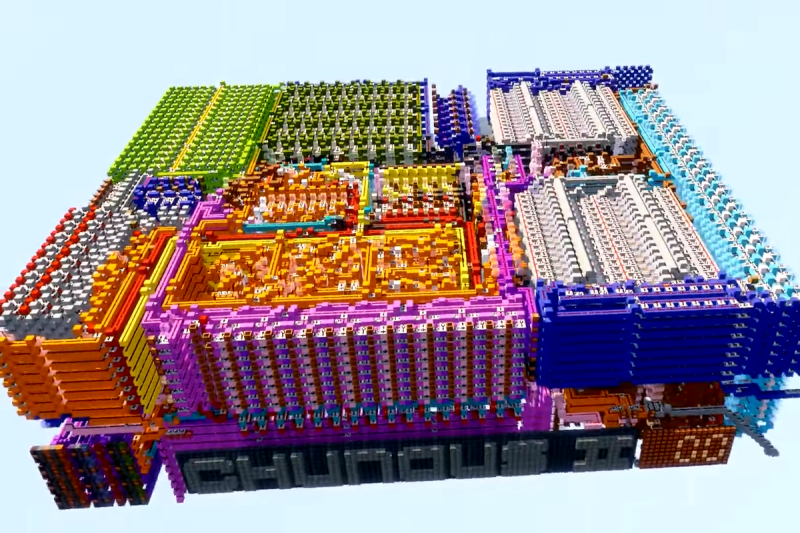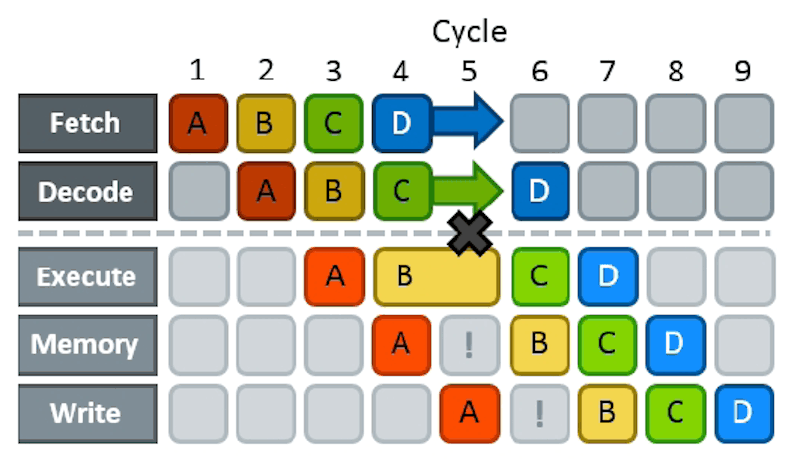Why x86 Needs To Die

As I’m sure many of you know, x86 architecture has been around for quite some time. It has its roots in Intel’s early 8086 processor, the first in the family. …read more Continue reading Why x86 Needs To Die
Collaborate Disseminate

As I’m sure many of you know, x86 architecture has been around for quite some time. It has its roots in Intel’s early 8086 processor, the first in the family. …read more Continue reading Why x86 Needs To Die

Minecraft is a simple video game. Well, it’s a simple video game that also has within it the ability to create all of the logic components that you’d need to …read more Continue reading Minecraft in Minecraft on the CHUNGUS II

[RetroBytes] nicely presents the curious history of the SPARC processor architecture. SPARC, short for Scalable Processor Architecture, defined some of the most commercially successful RISC processors during the 1980s and …read more Continue reading History of the SPARC CPU Architecture

When it comes to programming, most of us write code at a level of abstraction that could be for a computer from the 1960s. Input comes in, you process it, …read more Continue reading Modern CPUs are Smarter Than You Might Realize

If we were to think of a retrocomputer, the chances are we might have something from the classic 8-bit days or maybe a game console spring to mind. It’s almost …read more Continue reading Where Are All The Cheap x86 Single Board PCs?
Some people build their own computer to play games, while others play games to build their own computer. Minecraft is the prime candidate for the latter, and while you can certainly arrange the blocks to make them look like a computer, we’re of course talking about replicating the actual functionality …read more
Continue reading 64-bit And A Display: Minecraft Computers 10 Years Later
[Gamozolabs’] post about Sushi Roll — a research kernel for monitoring Intel CPU internals — is pretty long. While we were disappointed at the end that the kernel’s source is not exactly available due to “sensitive features”, we were so impressed with the description of the modern x86 architecture and …read more
Continue reading Sushi Roll Helps Inspect Your CPU Internals
We missed this Blackhat talk back in August, but it’s so good we’re glad to find out about it now. [Christopher Domas] details his obsession with hidden processor instructions, and how he discovered an intentional backdoor in certain x86 processors. These processors have a secondary RISC core, and an undocumented procedure to run code on that core, bypassing the normal user/kernel separation mechanisms.
The result is that these specific processors have an intentional mechanism that allows any unprivileged user to jump directly to root level access. The most fascinating part of the talk is the methodical approach [Domas] took to …read more
When you first learn about digital logic, it probably seems like it is easy. You learn about AND and OR gates and figure that’s not very hard. However, going from a few basic gates to something like a CPU or another complex system is a whole different story. It is like going from “Hello World!” to writing an operating system. There’s a lot to understand before you can make that leap. In this set of articles, I want to talk about a way to organize more complex FPGA designs like CPUs using a technique called pipelining.
These days a complex …read more
[Ben Eater] posted some videos of an 8-bit computer with no CPU chip that he built completely on a breadboard a few years ago. After being asked for schematics, he finally admitted that he didn’t have any. So, instead, he decided to rebuild it and keep a video log of each step in the process. You can see his kickoff video, below, but you can also find 30 more recent videos covering topics from the ALU design and troubleshooting to the decimal LED display. He even uses an Arduino to program a EEPROM that he uses to replace a lot …read more